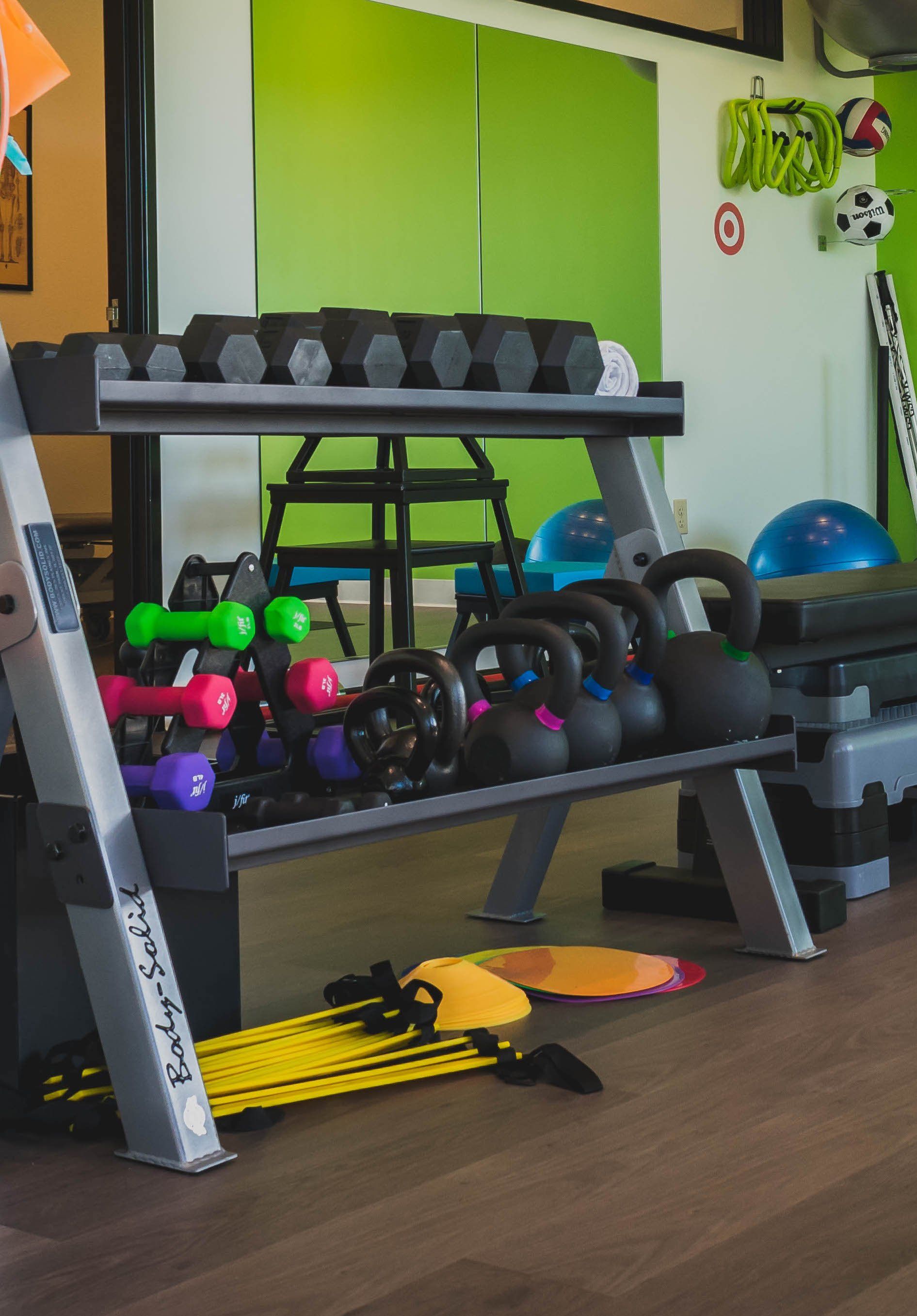Soft Tissue Mobilization
Soft Tissue Mobilization:
Hands-on Physical Therapy
Physical therapists use multiple modalities to help their patients recover from their injuries. One of the most common techniques that physical therapists utilize in their treatment program is soft tissue mobilization. This hands on treatment uses different techniques to mobilize the soft tissues that may have sustained injury. This allows the patient to feel pain relief, decreased swelling and increased mobility of the area.
Soft tissue mobilization is used on soft tissue injuries. These types of injuries include damage to the muscles, ligaments or tendons of the body. Soft tissue injuries commonly occur from strains and sprains from overuse.
Soft tissue mobilization can be used to treat the following injuries:
- Ankle sprain
- Tennis/Golfers elbow
- Calf strain
- Knee sprain
Physical therapists can utilize different soft tissue mobilization techniques depending on the injury and how it responds to hands-on therapy. These techniques include:
- Trigger point soft tissue mobilization is used when an injury results in tight ‘knots’ in the muscles. This form of manual therapy is used to break up these knots or trigger points to reduce pain and increase movement of the affected area.
- IASTM (Instrument-Assisted Soft- Tissue Mobilization) uses a range of tools to massage the injured area to increase blood flow, break up scar tissue and promote healing of the area. This form of manual therapy is also used to increase mobilization and reduce pain.
Additional benefits of soft tissue mobilization include:
- Reduced pain
- Increased mobility
- Increased circulation
- Breakdown of scar tissue
- Promotes healing
Early intervention with physical therapy can help to expedite the process. Soft tissue mobilization is a commonly used treatment used to help to improve blood flow, decrease swelling among other benefits.
Soft tissue mobilization can be used in physical therapy at any point during the injury recovery process. Soft tissue mobilization is utilized as a treatment tool by Physical Therapists in conjunction with therapeutic exercises and neuromuscular re-education to help patients achieve their goals.
